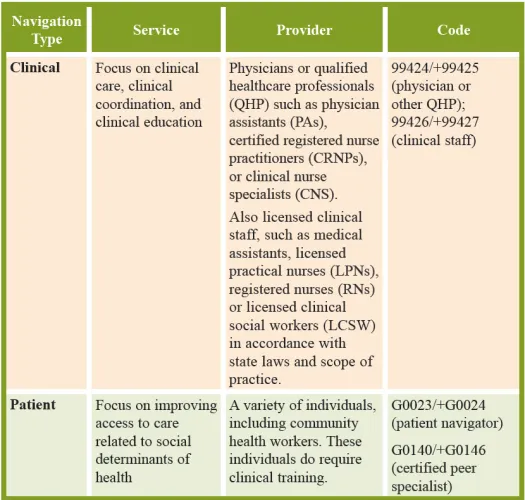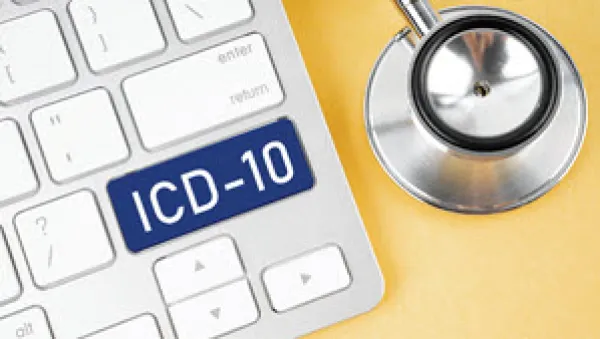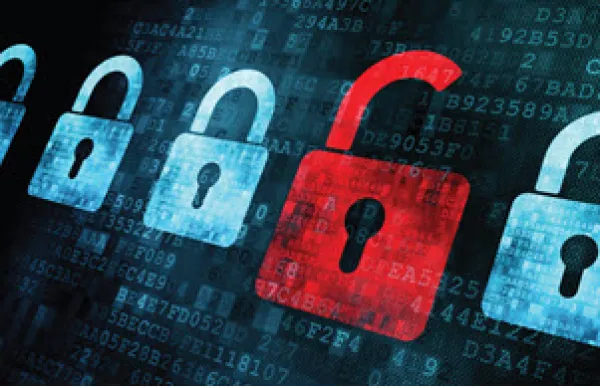Oncology & Hematology Coding Alert
Hear From Those Affected by the Change Healthcare Outage
Reinforce your skills with paper-based claims. More than four months have passed since malicious threat actors unleashed a ransomware attack on Change Healthcare and disrupted the revenue cycle for countless healthcare providers and organizations. Here, revenue professionals speak about their experiences with the outage and how they’ve adapted to secure reimbursement. Recap: Cyberthreat actors deployed a ransomware attack on Change Healthcare’s systems reported to having occurred on Feb. 21, 2024, which forced the clearinghouse to suspend operations. ALPHV/Blackcat claimed credit for the ransomware-as-a-service (RaaS) attack, and Change Healthcare reportedly paid over $20 million in ransom. As of publication, 11 of 28 Change Healthcare products have partial service, restoration in progress, or restoration date pending labels according to the update website. The remainder are uninterrupted/fully restored. On April 10, 2024, the AMA released findings from an informal survey of more than 1,400 individuals of the Federation of Medicine “on the impact of the Change Healthcare cyberattack on physician practices.” According to the survey, more than one-third of respondents have experienced a pause in payments for medical claims, and 32 percent haven’t been able to even submit claims. As a result, 80 percent of respondents attest to missing revenue from the unpaid claims. What Was the Effect on Providers? In the days and weeks following the ransomware attack, revenue cycle teams started to recognize the effects of the Change Healthcare outage. “It became very clear, real fast when the claims could not be sent from the clearinghouse. Secondary claims are not getting processed, manual checks are not being processed as far back as February, and it is taking longer to get manual claims sent to carriers processed,” says Lisa Makela-Walters, CPC, CDC, business office manager at Southwest Michigan Dermatology, a division of Paragon Health PC, in Portgage, Michigan. Without reimbursement for submitted claims, practices have had trouble covering expenses for materials, payroll, and monthly operating bills. Some payers used alternative means to pay for claims, but processing those methods carried additional expenses. “Some of the carriers sent virtual credit cards for payments, and that hurts. We had to take reductions on their already delayed payments because of the credit card fees,” Makela- Walters says. Communication has also been crucial for revenue cycle teams since the outage has been a major hardship on medical practices. “We have been in touch with other providers in our area, ones that rely on that consistent timely payment from the carriers. The biggest question on most providers minds is how much longer we should have to wait for claims to be processed and reimbursement to come?” Makela-Walters notes. Remember the Roots of Claim Submissions While connections to other payers and clearinghouses have remained active during the outage, healthcare providers and organizations that submit a majority of their claims through Change Healthcare have had to use different operating procedures to request reimbursement. One procedure is to return to paper claim submissions. “We are really at the mercy of the carriers, like many, waiting for them to get the process fixed. In the meantime, we have identified any manual claims that we have had to print and mail to carriers, are checking on remittance and manual payments weekly, and keeping a spreadsheet of all outstanding claims that we have had to wait on,” Makela-Walters says. She adds that this process has added significant work for the staff and the annual financials look “horrible.” Patricia Swain, CPC, CPPM, CPCO, revenue cycle manager for AMA Labs at American Medical Missouri in Oklahoma City, Oklahoma, explained her office has entered all UnitedHealthcare claims directly into the provider portal, while other claims are filed on paper. However, you shouldn’t expect timely reimbursement if you’re filing claims on paper. “Response time for the paper claims is taking 35 or more days, but we’ve been able to maintain,” Swain says. Receive Valuable Training While the ransomware attack has been incredibly detrimental for many healthcare practices and organizations, revenue cycle teams have had an opportunity to get back to basics. “This is the first time my team has seen the ‘old manual’ paper way to submit claims. I was thrilled for the teaching opportunity, my team not so much because it has affected productivity,” Swain says. The pen-and-paper medical coding method may seem archaic in the age of electronic health records (EHRs), provider portals, and electronic claims, but knowing how to perform this rudimentary task can be helpful when, not if, the next ransomware attack occurs. “Never allow yourself the opportunity to forget the basics. Always be eager to learn the basics; the knowledge at some point will come in handy,” Swain advises. Michael Shaughnessy, BA, CPC, Development Editor, AAPC

Related Articles
Oncology & Hematology Coding Alert
- News You Can Use:
Know These 2025 ICD-10-CM Oncology Changes
And know why the changes are going to matter for Medicare billing. On Oct. 1, [...] - E/M Coding:
Ask These 5 Questions, Accurately Calculate MDM Complexity Element
Hints: “Acute” may not be new, and “chronic” may not be specified by time. Assigning [...] - Revenue Cycle:
Hear From Those Affected by the Change Healthcare Outage
Reinforce your skills with paper-based claims. More than four months have passed since malicious threat [...] - You Be the Coder:
Don’t Assume Linkage in This Anemia/Cancer Encounter
Question: If the patient has lung cancer and anemia, can we assume the anemia is due [...] - Reader Questions:
Pinpoint the Best Codes for This Breast Exam
Question: A 63-year-old patient presented for a diagnostic mammography exam with complaints of a lump in [...] - Reader Questions:
Be Careful With Complexity for Undiagnosed Condition
Question: Does an undiagnosed new problem with uncertain diagnosis automatically mean a moderate level of problem [...] - Reader Questions:
Understand CMS MUE Process for Same DOS
Question: Can we charge 77295 for two different body parts if the plan is signed on [...]




